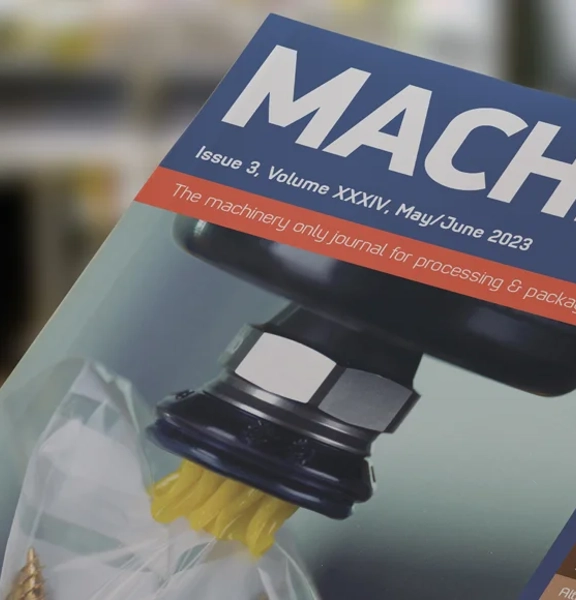Become a member
Take advantage of exclusive member benefits, world class events, networking and specialist support








 Become a member
Become a member 

9 June 2025
‘Interoperability’ can prove hard to say and harder still to implement, says Beckhoff, but both the prediction and prevention of failure in key equipment can be a benefit.
It remains one of the biggest hurdles in industrial automation, the company points out. Many industrial environments feature a mix of old and new technologies, each with its own communication protocols and proprietary software. This fragmentation results in inefficiencies, increased downtime and limited real-time decision-making capabilities.
Overcoming these challenges can have a huge benefit for manufacturers, argues software business manager Beth Ragdale. “When machines, sensors and control systems can communicate effectively, production processes become more streamlined,” she says. “Data can be shared instantly across the factory floor, allowing for real-time monitoring and optimisation.”
One of the primary benefits of interoperability is the ability to predict and prevent equipment failures, she points out. “By enabling different systems to share performance data, predictive maintenance can be implemented,” says Ragdale. “This minimises unplanned downtime, extends the lifespan of machinery and lowers maintenance costs.”
Interoperability also allows manufacturers to adapt quickly to changing market demands, Beckhoff states, whether that means increasing production, modifying workflows, or integrating new technologies. A fully-interoperable system ensures that new machines and software can be easily added to existing infrastructure without major disruptions or costly overhauls.
In a connected industrial environment, data from various sources, including Internet of Things (IoT) devices, production lines, and enterprise resource planning (ERP) systems, can be aggregated and analysed immediately. “This provides plant managers with valuable insights into process inefficiencies, energy consumption and quality control, for example, enabling more informed decision-making,” says Ragdale.
But interoperability has benefits beyond operational efficiency — it also enhances security and regulatory compliance, Beckhoff emphasises. Standardised communication protocols help ensure data integrity and reduce vulnerabilities. As cybersecurity threats continue to evolve, having a unified approach to data management is crucial for protecting sensitive industrial information.
Despite its many advantages, achieving full interoperability is not without obstacles, Ragdale admits. But one approach to overcoming the many challenges here lies in open automation platforms like Beckhoff’s TwinCAT software, she says, which is able to provide a universal environment for real-time control and communication across different devices and protocols.
01491 410539